ICoN Center Researchers
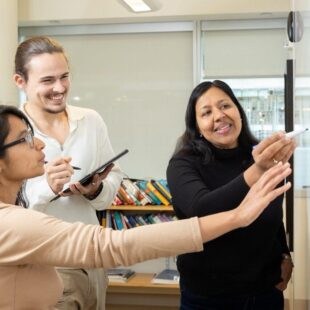
Center Director
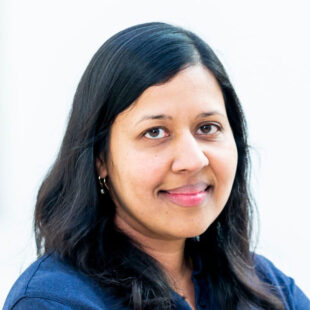
Ila Fiete collaborates with experimentalists to create computational models that inform how cognitive computations give rise to evolutionarily conserved neural biophysics and circuitry.
Center Faculty
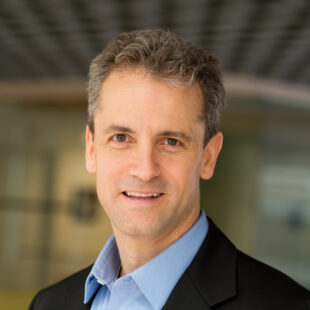
James DiCarlo studies how biological mechanisms are converted into learning networks that underlie rapid image recognition.
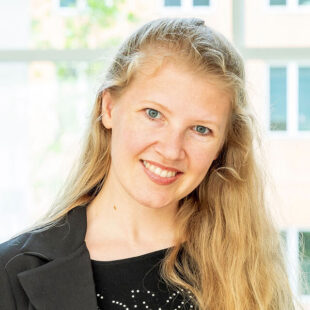
Ev Fedorenko uses artificial intelligence to better understand human language acquisition and cognition.

Michale Fee studies how memories in auditory circuits are transformed into stereotyped motor memories in songbirds.

Guoping Feng creates comparative models of autism-relevant behaviors in marmosets and humans.

Michael Frank
Michael Frank uses large datasets to create models that inform our understanding of language acquisition and human cognition.
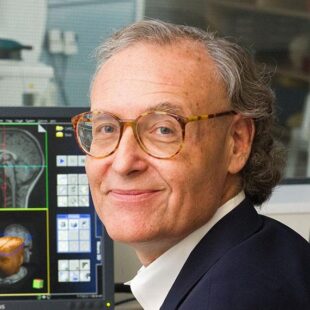
John Gabrieli creates predictive models from longitudinal behavioral data related to psychiatric symptoms.
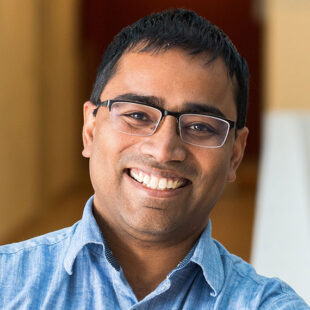
Satrajit Ghosh uses large experimental data sets to create analytic platforms that predict human health outcomes.
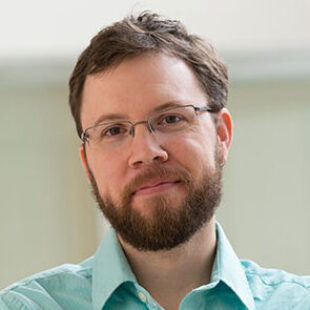
Mark Harnett studies how the biophysics of synaptic activity controls neural networks and computations that underlie complex behavior.
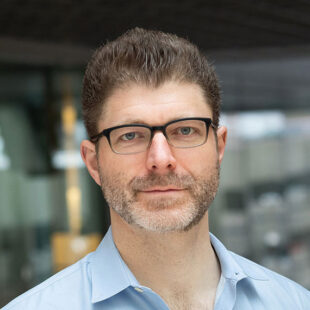
Josh McDermott studies how the features of different sounds are related to efficient memory encoding in humans.
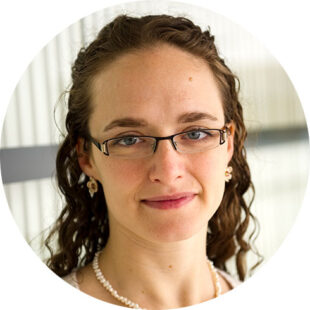
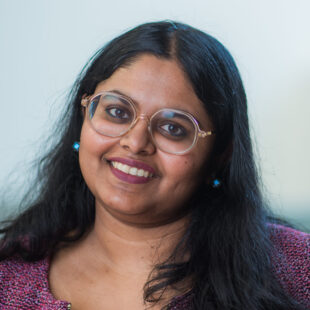
Nidhi Seethapathi collaborates with experimentalists to build predictive models of how humans learn, execute and select complex movements.
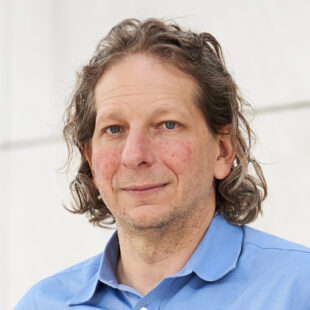
Josh Tenenbaum acquires and uses behavioral experimental data in children and adults to create computational models of human inference.

ICoN Fellows
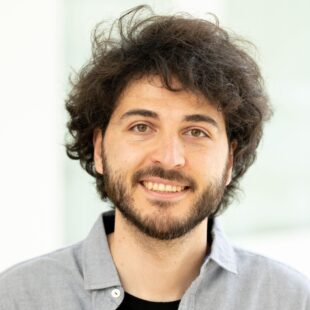
Postdoctoral Fellow, Ghosh, Gabrieli, and Seethapathi Labs
Fabio Catania focuses on understanding the behaviors and communication patterns of autistic people through the lens of human-robot interaction.
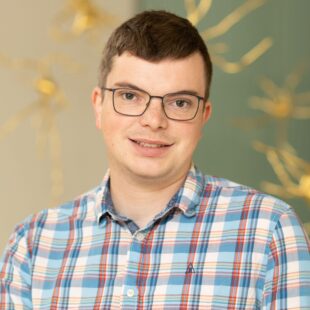
Postdoctoral Fellow, Feng and Seethapathi Labs
Antoine De Comite aims at developing comparative models of naturalistic motor control across species and populations.

Postdoctoral Fellow, Fedorenko and Levy Labs
Andrea De Varda will use multilingual neural network language models to investigate the brain correlates of language comprehension across different languages.
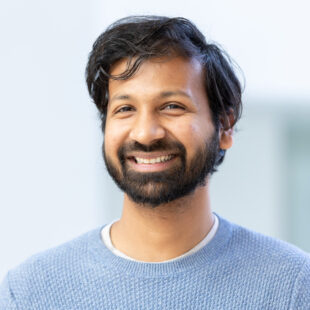
Postdoctoral Fellow, McDermott and Fiete Labs
Lakshmi Govindarajan’s research draws from modern statistical tools to provide computational accounts of the interface between perceptual and cognitive processes in biological systems.
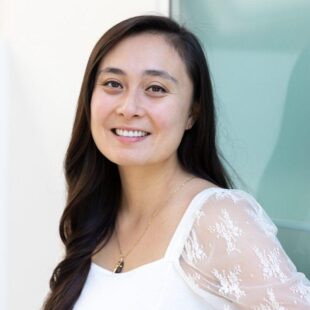
Graduate Fellow, Fedorenko Lab
Hope Kean studies the neural underpinnings of domain-general reasoning the human brain.

Postdoctoral Fellow, Ghosh and Gabrieli Labs
Maedbh King focuses on building computational models that integrate biological and behavioral information to develop risk predictors of neuropsychiatric disorders.
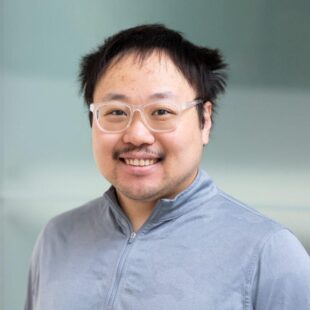
Graduate Fellow, Herr Lab
Junqing Qiao’s work focused on creating a differentiable dynamic computational model that can accurately and rapidly simulate neuromechanical dynamics and human physiology, from muscle-tendon neural activations to whole-body metabolic cost.
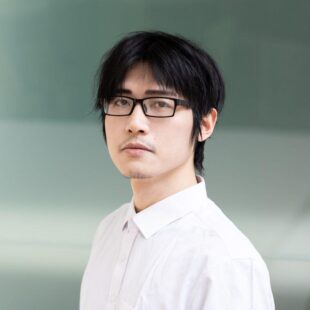
Postdoctoral Fellow, Poggio Lab and Harnett Lab
Qianli Liao aims at further bridging the gap between artificial and biological neural networks: he studies how to implement deep learning in the brain and how exactly biological neural systems can effectively train their neural networks at circuit and synaptic levels.
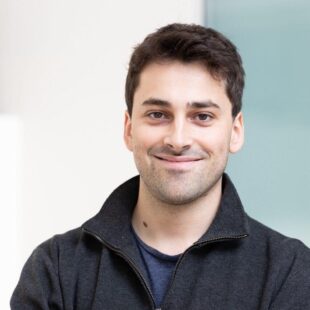
Postdoctoral Fellow, Jasanoff Lab and Brown Lab
Johan Medrano is developing biophysical models of brain-wide activity and plasticity mechanisms using neural-circuit-specific functional imaging tools.
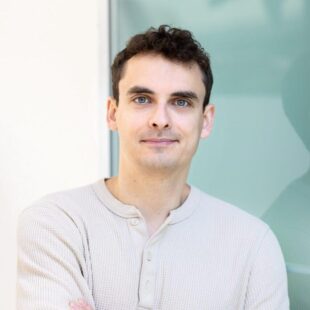
Postdoctoral Fellow, Miller and Poggio Labs
Dan Mitropolsky will continue developing a theoretical computer science approach to understanding the brain: defining and studying minimalistic models based off the simplest assumptions from neuroscience, and in particular thinking about what are the necessary assumptions to make language and learning possible.
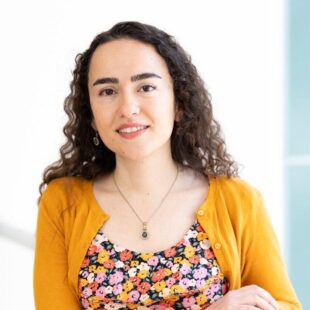
Graduate Fellow, Saxe Lab
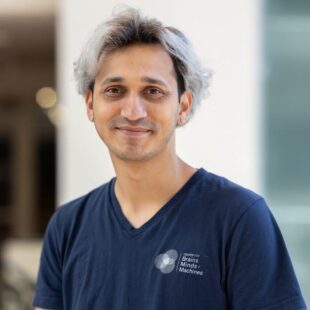
Graduate Fellow, DiCarlo Lab
Suleman Zaidi is testing the ability of multi-electrode electrical microstimulation in the inferior temporal cortex of rhesus macaques to causally control object category perception, using electrophysiology and topographical deep neural network-based models of the ventral visual stream.
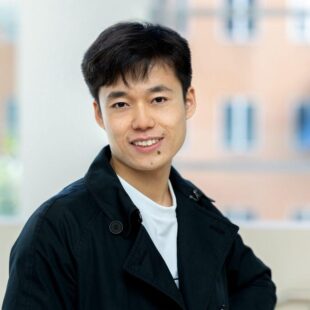
Postdoctoral Fellow, Fiete and Wang Labs
Hao Zheng’s research focuses on Computational Psychiatry: How a dynamical system balances the flexibility and stability, and then what causes transition to imbalance in mental disorders.
